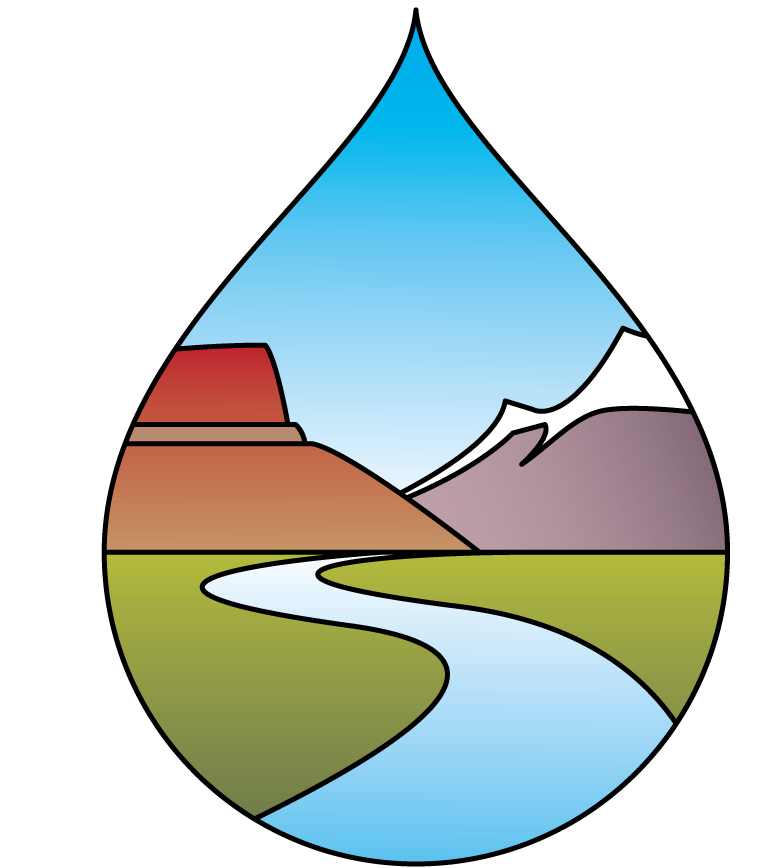On April 21, the Environmental Protection Agency (EPA) and the Army Corps of Engineers (Corps) published the final Navigable Waters Protection Rule in the Federal Register (85 FR 22250) (formerly known as the Waters of the United States or WOTUS or Clean Water Rule). The rule is slated to go into effect on June 22, 60-days after publication. The agencies interpret the term “waters of the United States” to encompass: (1) The territorial seas and traditional navigable waters; (2) perennial and intermittent tributaries that contribute surface water flow to such waters; (3) certain lakes, ponds, and impoundments of jurisdictional waters; and (4) wetlands adjacent to other jurisdictional waters. The rule explicitly excludes twelve categories of waters: (1) waters and water features not identified above; (2) groundwater, including groundwater drained through subsurface drainage systems; (3) ephemeral features, including ephemeral streams, swales, gullies, rills, and pools; (4) diffuse stormwater run-off and directional sheet flow over upland; (5) ditches that are not traditional navigable waters or jurisdictional tributaries, and those portions of ditches constructed in adjacent wetlands that themselves are not an adjacent wetland; (6) prior converted cropland; (7) artificially irrigated areas, included fields flooded for agricultural production, that would revert to upland should application of irrigation water to that area cease; (8) artificial lakes and ponds, including water storage reservoirs and farm irrigation, stock watering, and log cleaning ponds, constructed or excavated in upland or in non-jurisdictional waters, so long as those artificial lakes and ponds do not meet the conditions of defined “lakes and ponds, and impoundments of jurisdictional waters;” (9) water-filled depressions constructed or excavated in upland or in non-jurisdictional waters incidental to mining or construction activity, and pits excavated in upland or in non-jurisdictional waters for the purpose of obtaining fill, sand, or gravel; (10) stormwater control features constructed or excavated in upland or in non-jurisdictional waters to convey, treat, infiltrate, or store stormwater run-off; (11) groundwater recharge, water reuse, and wastewater recycling structures, including detention, retention, and infiltration basins and ponds, constructed or excavated in upland or in non-jurisdictional waters; and (12) waste treatment systems. The rule includes sixteen defined terms to help better clarify jurisdiction. These terms are: adjacent wetlands, ditch, ephemeral, high tide line, intermittent, lakes and ponds and impoundments of jurisdictional waters, ordinary high water mark, perennial, prior converted cropland, snowpack, tidal waters, tributary, typical year, upland, waste treatment system, and wetlands.
